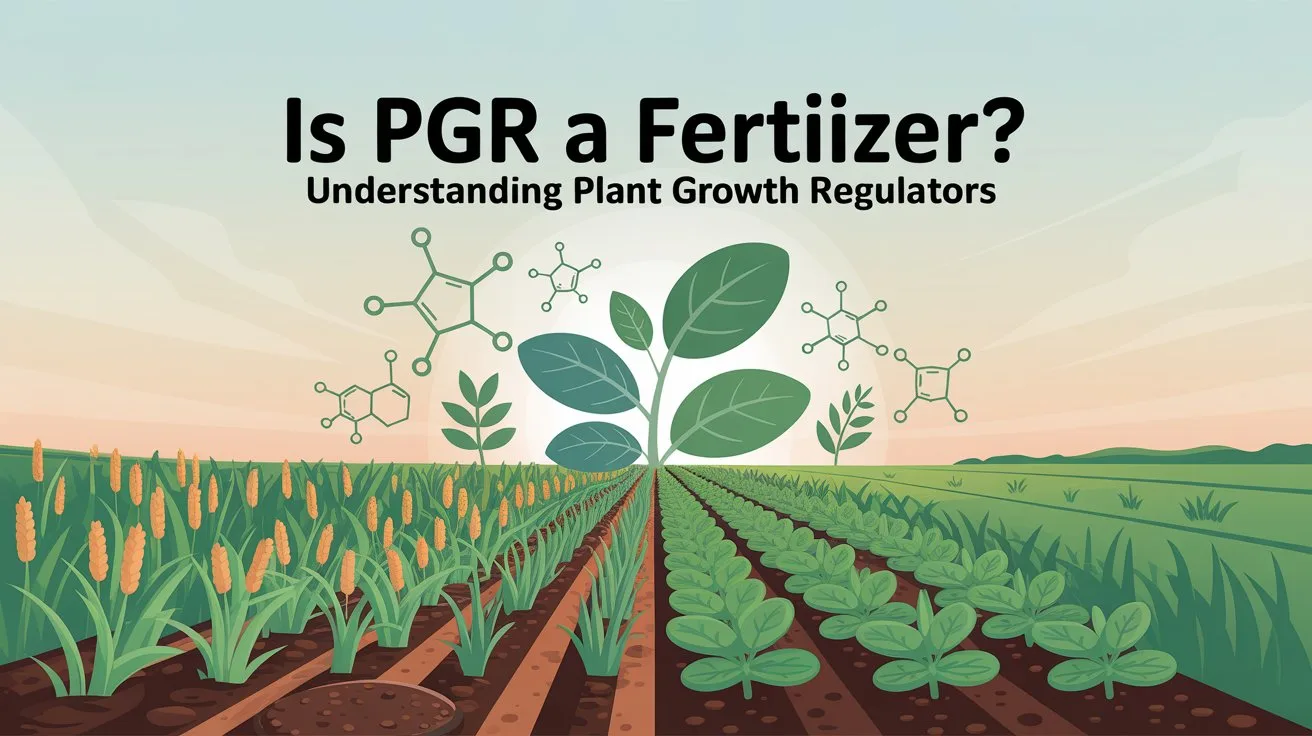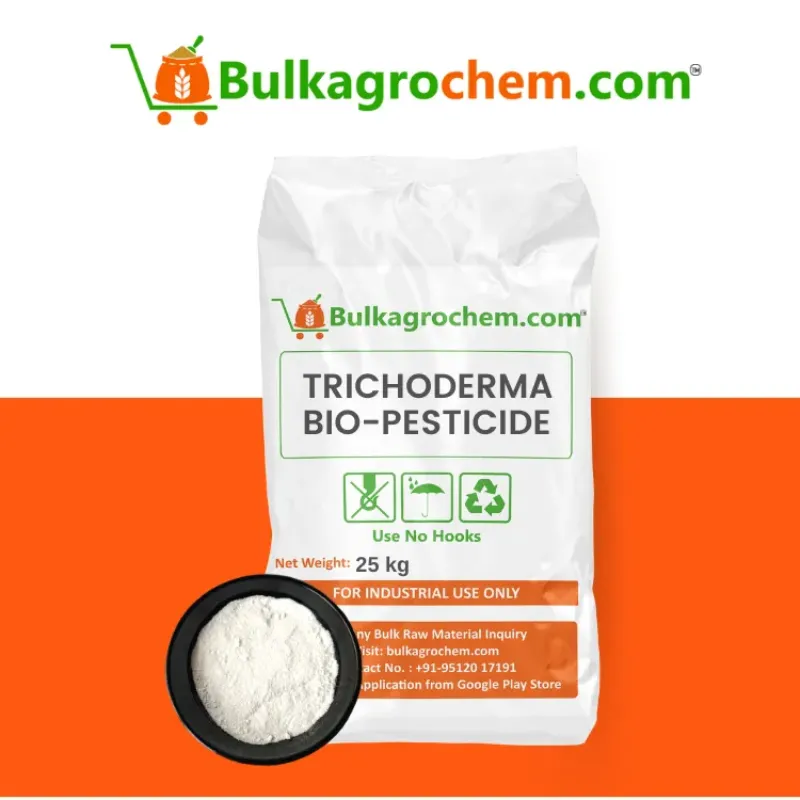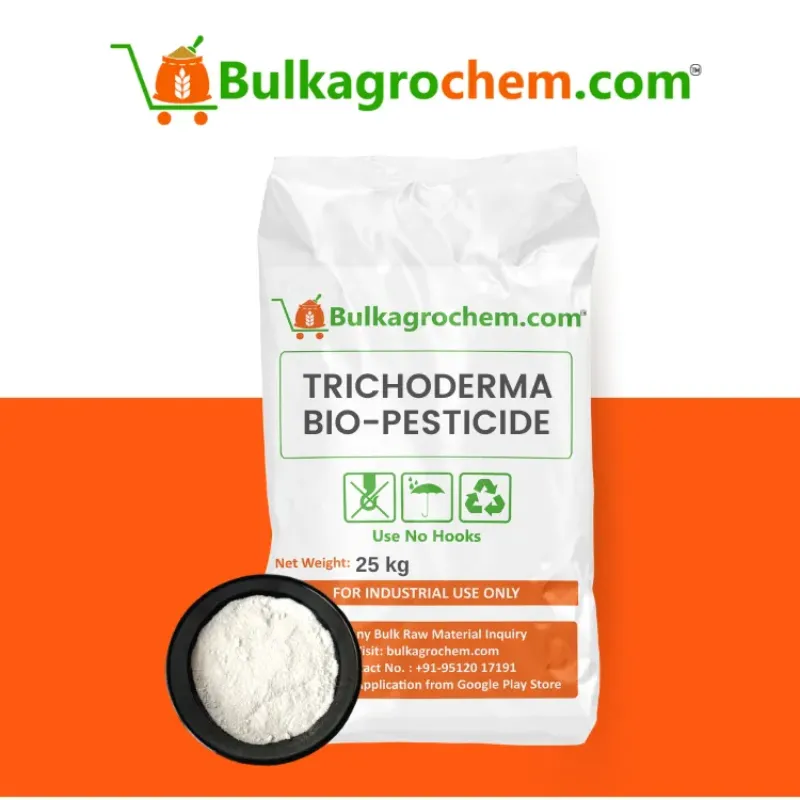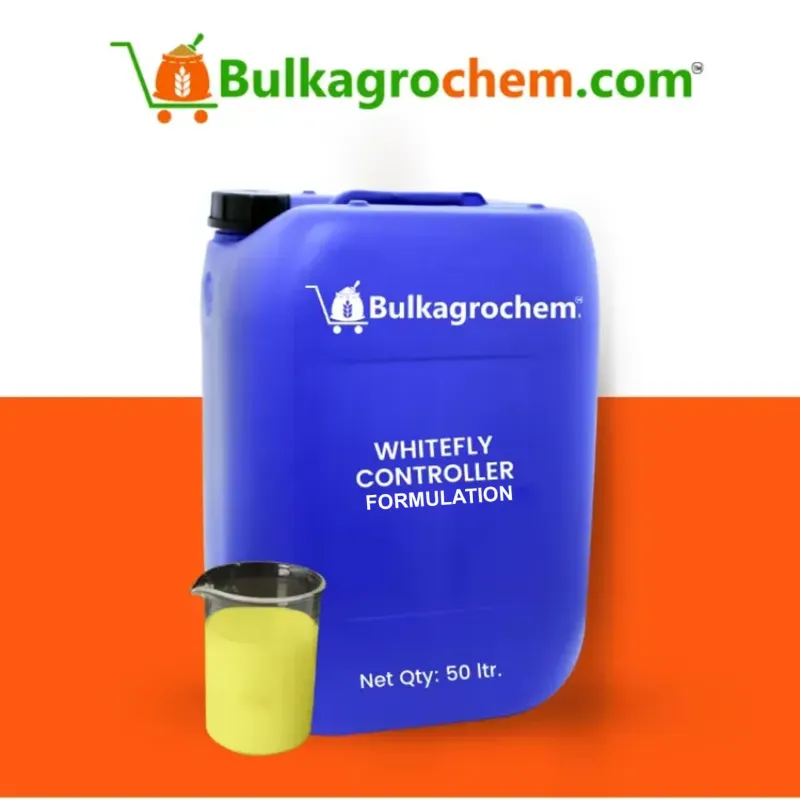"Is PGR a fertilizer?" is a question often asked by growers applying modern uses of plant growth regulators as part of their traditional nutrition programs. pgr fertilizer refers to N-P-K including micronutrients, whereas plant growth regulators are hormone-like compounds that manage developmental processes rather than supplying nutrients.
In India, when selecting a PGR, the best PGR in India means going beyond simple feed formulas to quality regulators that increase flowering, fruit set, and stress resistance while still requiring fertilizers. Applying PGRs, as part of balanced pgr fertilizer, will assist farmers to produce stronger stands, improved and more uniform ripening, and higher yields while conserving soil health and ag resources.
Introduction: Defining “Is PGR a Fertilizer?” and Its Purpose
As pgr fertilizer provides the important macronutrients (N-P-K) and secondary micronutrients to the soil, we should clarify that plant growth regulators are hormone-like compounds that influence developmental stages–so Is PGR a fertilizer? Rather it would be more accurate to say PGRs complement nutrient feeds, instead of serving to replace them.
Clarifying why plant growth regulators are not pgr fertilizer
Synthetic auxins or natural cytokinins function by stimulus for cell division, cell elongation and cell stress responses, whereas pgr fertilizer inputs simply supplied important building blocks for growth (nitrogen, phosphorus, potassium).
Natural vs. synthetic PGRs: scope and significance
Overview of the best PGR in India and global contexts
In India, the best PGRs generally offer formulations with either local seaweed cytokinin mixes, or inexpensive synthetic gibberellin products. Worldwide, leading products combine synthetic and biostimulant ingredients to produce predictable flowering, fruit set and stress resistance in a wide range of cropping systems.
Key Differences Between PGRs and Traditional Fertilizers
Conventional pgr fertilizers (i.e., N–P–K mixes + micronutrients) supply the basic plant nutrient needs that support leaf growth, root growth, and total biomass. PGRs, on the contrary, are hormone-mimicking substances that do not supply nutrients but rather induce plants to change their cell division, elongation and stress response.
- Fertilizer action: Supplies building block elements (N for chlorophyll, P for energy transfer, K for stomatal control).
- PGR action: Induces specific developmental programs (e.g., gibberellin analogues cause more early flowering or cytokinin mimics cause more branches to form).
Nutrient supply vs. growth signaling: fertilizer vs. PGR
Composition of pgr fertilizer (N-P-K) compared to hormonal blends
Excessive use of pgr fertilizer can cause nutrient imbalances, soil acidification and microbial die-off. By contrast, a moderate use of PGRs, in particular, a quality PGR in India that has the features we discussed and works synergistically with amendments, will preserve soil structure and microbial diversity whilst regulating plant growth timing and positioning.
- Fertilizer risks: leaching of nitrates, salt seasoning (crusting), limited earthworm activity.
- PGR benefits: Low usage rates leave almost no pesticide residue, they stimulate deeper roots, and thus improved aeration, and water infiltration through Is PGR a fertilizer?-induced signaling.
Effects on soil health and long-term fertility
Plant growth regulators (PGRs) induce specific developmental changes by simulating or modulating natural hormone signal cues—so Is PGR a fertilizer? No—they do not supply N-P-K nutrients like pgr fertilizer, but, they trigger cellular responses that change the state of the plant growth.
How PGRs Work: Science Behind Their Impact on Plants
Plant growth regulators (PGRs) induce specific developmental changes by simulating or modulating natural hormone signal cues—so Is PGR a fertilizer? No—they do not supply N-P-K nutrients like pgr fertilizer, but, they trigger cellular responses that change the state of the plant growth.
PGR mechanism at the cellular level—receptor binding and gene activation
- Receptor docking: Natural or synthetic Plant Growth Regulators (PGRs) bind specific receptor proteins (e.g., TIR1 for auxins, CRE1 for cytokinins) on membranes of cells and in the nucleus of cells.
- Signal transduction: Receptor binding signals the start of a series of phosphorylation cascades that change the activity of transcription factors.
- Gene expression: Important growth genes (e.g., CYCD for cell cycle, expansins for eliminating rigidity from the cell wall) are up- or down-regulated so that specific biological reactions are triggered such as root hair proliferation and subsequent stem elongation.
Interaction with endogenous hormones for balanced development
- Hierarchy of signals: Exogenous PGRs simply amplify the ratio of endogenous auxin--cytokinin ratios to achieve a balance between rootgrowth and shoot growth - so that neither organ(s) grows too large and fats.
- Feedback loops: Plants detect increasing amounts of stimulus hormone or signal and adjust their synthesis or breakdown of endogenous regualtors to prevent unbridled growth.
- oFine-tuning the application: Strategy, estimated application timing of the best PGR for the plant based on timing leverages this. Feedbacks actually allow to lock in certain development windows at particular blossoms (e.g. pre-flower and pre-stress).
Uptake pathways vs. nutrient absorption from pgr fertilizer
This comparison underscores that, unlike pgr fertilizer, PGRs operate at molecular scales—rapidly entering cells and reprogramming growth pathways to deliver precise, predictable outcomes.
Benefits of Using PGRs Alongside pgr Fertilizer
Combining targeted PGR applications with your regular pgr fertilizer program unlocks synergistic benefits that neither input can achieve alone.
Yield improvement and uniformity with targeted regulator timing
- Precision flowering: Applying PGRs like gibberellin analogues just before bloom ensures synchronized bud set, translating to even fruit size and ripening.
- Higher marketable yield: Trials with the best PGR in India show a 12–18 % increase in harvest weight when PGRs are timed to complement nutrient availability.
- Reduced variability: Uniform canopy development minimizes low-yield pockets, boosting overall field consistency.
Enhanced stress resistance—drought, heat and pest defense
- Hormonal priming: PGRs activate antioxidant and osmoprotectant pathways, reducing cellular damage under drought or high temperatures.
- Reinforced defenses: Auxin-cytokinin blends strengthen cuticle formation and volatile compound release, deterring pests.
Optimized growth cycles: “when to apply PGR” for peak performance
- Vegetative boost: A PGR drench 24 hours before your primary pgr fertilizer application primes root meristems for maximal nutrient uptake.
- Reproductive support: Foliar PGR sprays at pre-flower stage leverage elevated phosphorus and potassium levels to maximize bloom retention.
- Harvest preparation: Low-dose ethylene releasers accelerate uniform ripening shortly before harvest, improving processing efficiency.
FAQs
Q1. Is PGR a fertilizer or a separate crop input?
PGRs are separate inputs—hormone-like regulators that guide growth, not nutrient suppliers like pgr fertilizer.
Q2. How does pgr fertilizer differ from plant growth regulators?
pgr fertilizer provides N-P-K and micronutrients; PGRs trigger developmental signals without adding nutrients.
Q3. When should I apply PGRs relative to my fertilizer schedule?
For best results, apply PGRs 24 h before or 6–12 h after your main pgr fertilizer event to prime uptake and signal timing.
Q4. Can PGRs and pgr fertilizer be mixed safely in one tank?
Yes—add pgr fertilizer first, adjust pH, then incorporate PGRs last; always perform a small jar test to confirm compatibility.
Q5. What is the best PGR in India for smallholder farms?
Top choices include locally formulated seaweed-based cytokinin blends and cost-effective synthetic gibberellin analogues tailored for Indian conditions.
Conclusion: Integrating PGRs and pgr Fertilizer for Maximum Crop Success
For smallholder farms seeking cost-effective growth regulation, seaweed-based biostimulants (kelp extracts) and locally manufactured gibberellin-3 (GA₃) formulations top the list.
- Affordability & Availability: Brands like Achook (triacontanol + seaweed) and Atonik (phenolic biostimulant) are widely distributed and packaged for small plots.
- Ease of Use: These blends integrate seamlessly with regular pgr fertilizer sprays—just add 2–3 mL per liter of spray solution 24 hours before or after fertilization.
- Performance: Trials across India show 10–15 % yield boosts in vegetables and cereals, plus stronger root systems that improve nutrient uptake.
Remember, Is PGR a fertilizer? No – these are regulators that complement your nutrient feeds. By choosing the best PGR in India for smallholders—seaweed-GA₃ hybrids or phenolic biostimulants—you unlock higher yields, improved stress resilience and more reliable harvests on any budget.




